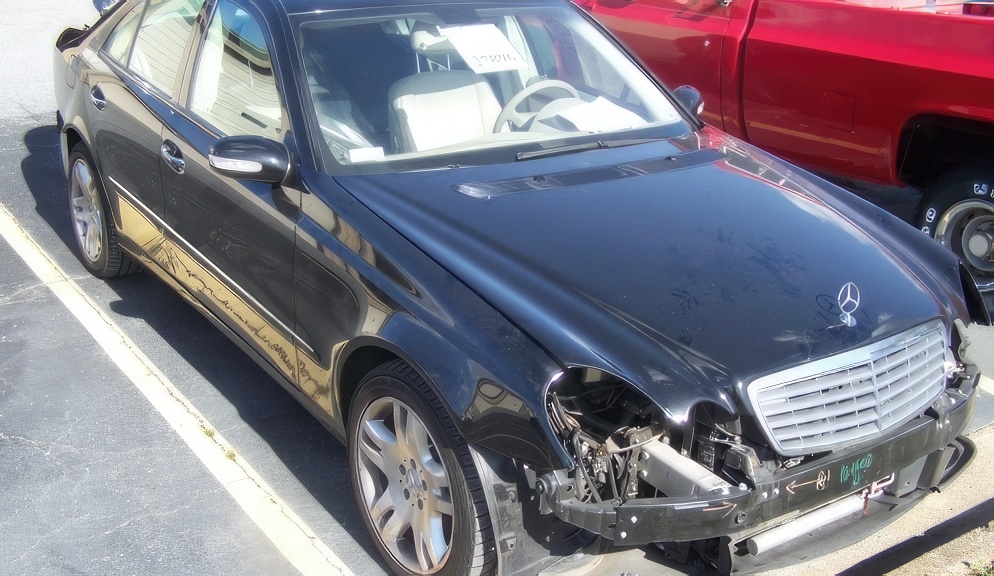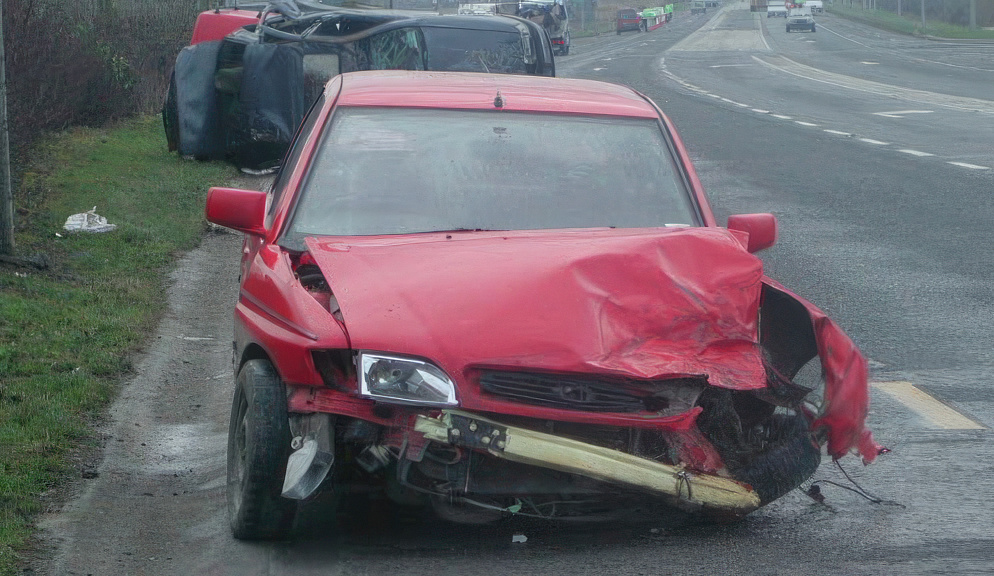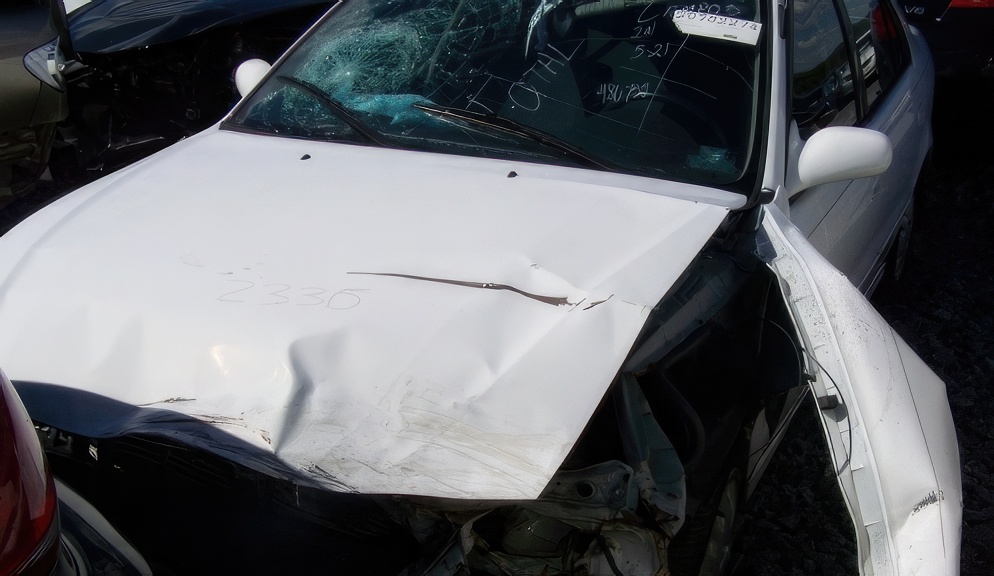Proving Diminished Value

Understanding and proving the diminished value of a vehicle after an accident presents a unique set of challenges. This article is designed to be a comprehensive guide for car owners who find themselves grappling with the intricate process of establishing a diminished value claim.
We will explore the critical steps involved in documenting the impact of an accident on your vehicle’s worth, the significance of professional appraisals, the legal aspects of diminished value and the art of negotiating with insurance companies. By equipping you with the necessary knowledge and strategies, this guide aims to empower you to confidently advocate for the rightful compensation reflecting your vehicle’s reduced value.
Strategies for Establishing Proof of Diminished Value
Proving diminished value effectively requires a strategic approach. It’s not just about recognizing the loss in value; it’s about convincingly demonstrating this loss to insurance companies or in legal proceedings. The first step involves gathering substantial evidence that directly links the accident to the diminished value of your vehicle. This can include comparative market analyses, statements from car sales experts, or data on similar vehicles’ resale values.
Another crucial strategy is establishing a timeline of the vehicle’s value. This means documenting the car’s value before the accident, immediately after the accident, and following repairs. This timeline helps to visually and quantitatively illustrate the diminished value. Utilizing resources such as Kelley Blue Book or other reputable vehicle valuation guides can provide a baseline for these comparisons.
Engaging with professional vehicle assessors and appraisers is also a key part of this strategy. These professionals can offer an unbiased valuation of the vehicle pre- and post-accident, lending credence to your claim. Their expertise in identifying and quantifying factors that contribute to diminished value is invaluable in solidifying your case.
Documenting the Diminished Value
The foundation of proving diminished value lies in thorough documentation. This process starts with gathering all relevant records associated with the accident and subsequent repairs. These documents are crucial in establishing the extent of the vehicle’s damage and the quality of repairs undertaken.
Accurate accident and repair documentation are vital. This includes collecting the police report, photographs of the damage, and all insurance claims filed. Detailed repair bills and records should also be compiled, showcasing the extent and quality of the repairs done. This documentation will demonstrate the severity of the incident and how it has impacted your vehicle’s value.
Additionally, evidence of your vehicle’s pre-accident condition is equally important. Service records, inspection reports, and photographs taken before the accident help in establishing the baseline value of your vehicle. This baseline is critical in calculating the exact diminished value post-repair. Following the repairs, a comprehensive post-repair inspection by a qualified professional is necessary. This inspection should detail the quality of the repairs and any factors that might contribute to diminished value.
Impact of Market Trends on Diminished Value Claims
The market trends for vehicles play a significant role in the process of proving diminished value. Understanding these trends is crucial for car owners looking to substantiate their claims effectively.
The automotive market is constantly evolving, with factors like new model releases, technological advancements, and consumer preferences impacting vehicle values. When arguing for a diminished value claim, it’s important to understand how these market dynamics can influence the perceived value of your car post-accident.
Conducting a comparative market analysis helps in establishing a realistic and current value for your vehicle. This involves examining the prices of similar models, ages, and conditions in your local market. Demonstrating that your vehicle’s value has been adversely affected compared to similar, non-accident vehicles can be a persuasive argument in your claim.
Incorporating Market Insights:
Keeping abreast of the latest market insights, such as reports from automotive industry analysts and trends in car sales, can provide additional support for your claim. These insights can offer a broader context for how your vehicle’s value is perceived in the current market, reinforcing your case for a diminished value claim.
Negotiating with Insurance Companies
With your documentation and appraisal report in hand, you’re ready to approach the insurance company. Present your claim clearly, concisely, and assertively. Include all your evidence and the professional appraisal. Be prepared for pushbacks. Insurance companies may initially offer a lower amount or deny the claim. It’s important to negotiate effectively, using your documentation and appraisal as leverage.
Maintain a factual and professional tone throughout these negotiations. Persistence is key. If the insurance company remains unresponsive or refuses a fair settlement, it might be time to seek legal advice. Consulting with a legal expert specializing in diminished value claims can provide you with additional strategies to strengthen your case.
Here are some additional steps you can take to improve your negotiation with the insurance company:
- Preparing for Negotiations: Before entering into discussions with insurance companies, it’s important to prepare thoroughly. This involves not just having all your documentation and appraisal report ready but also understanding the typical negotiation tactics used by insurers. Be ready to counter lowball offers and have a clear idea of the minimum settlement you are willing to accept.
- Effective Communication Strategies: During negotiations, how you communicate can be as important as what you communicate. Stay calm, professional, and assertive. Clearly articulate the basis of your claim and why you believe the offered amount is insufficient. Remember, insurance adjusters are more likely to respond positively to well-reasoned arguments backed by solid evidence.
- Persistence and Patience: Negotiating with insurance companies can be a test of patience. Be prepared for multiple rounds of discussion. If initial offers are unsatisfactory, don’t hesitate to ask for a reconsideration. Remain persistent, but also realistic about the potential outcomes. Sometimes, achieving a compromise is more feasible than securing the full claimed amount
Empowerment Through Knowledge
Successfully proving diminished value involves a blend of thorough documentation, professional appraisal, and strategic negotiation. It’s about understanding the nuances of diminished value and preparing a robust claim. Armed with this knowledge and a well-prepared approach, car owners can significantly enhance their chances of securing a fair settlement. Remember, being well-informed is your greatest asset in navigating the complexities of diminished value claims.





